Landscaping can transform any outdoor space, adding aesthetic appeal and increasing the value of your property. Beyond the look of your garden or yard, plants can create a refreshing and soothing atmosphere, offering a sense of tranquility and natural beauty. However, choosing the right plants for your landscape can be daunting, and there are so many factors to consider, such as climate, soil type, and overall design objectives. This guide will take you through the necessary steps and considerations for picking the perfect landscaping plants to suit your garden's needs.
Understanding Your Environment
Before diving into the plethora of plant options available, it's vital to assess the environmental conditions of your landscape. Here are a few things to pay attention to:
Climate Zone
The climate zone where you live determines the types of plants that will thrive in your garden. Climate zones are categorized based on temperature and weather patterns. Use resources such as the USDA Plant Hardiness Zone Map or similar guides pertinent to your country to determine which plants best suit your area.
Sunlight
Pay attention to how much sunlight each area of your garden receives throughout the day. Some plants require full sun, while others may need partial or full shade to thrive. Observing your garden's sun patterns for a day can help you decide what to plant where.
Soil Conditions
Soil type can vary greatly; different plants prefer specific pH levels and textures. Have your soil tested to understand its composition and fertility. This information will be critical when choosing plants and determining whether soil amendments are necessary.
Watering Needs
Consider the typical rainfall in your area and your ability to provide additional water if needed. Drought-tolerant plants may be the best option for dry regions, while moisture-loving plants will flourish in areas with plenty of rainfall.
Designing Your Landscape
Form and Function
Ask yourself what function you want your plants to serve. Do you need shade, privacy, erosion control, or perhaps a habitat for wildlife? The function will guide you in selecting the type of plant, such as trees, shrubs, ground covers, or a mix.
Style and Aesthetics
Your style should shine through your landscape design. Do you prefer a formal garden with neatly trimmed hedges or a more natural and relaxed design? The styling will influence the plant types and their arrangement in your landscape.
Size and Growth Rate
Account for the mature size of plants to avoid overcrowding and reduce maintenance. Fast-growing plants may provide quick results but might also require more frequent pruning. Consider both the vertical and horizontal growth when selecting plants for your space.
Seasonal Interest
Aim for year-round interest by choosing various plants with different colors, textures, and blooms throughout the seasons. Evergreens can provide greenery during the winter, while annuals and perennials can add seasonal bursts of color.
Plant Selection
Trees
Trees are the backbone of any landscape design and can provide shade, privacy, and structure. Choose trees based on available space, height, and canopy spread they will achieve at maturity. Don't forget to consider root growth, which can affect foundations and underground pipelines.
Shrubs
Shrubs can offer a middle layer in your landscape, adding depth and texture. They can be used as focal points, hedges, or just to fill space. Evergreen shrubs offer year-round foliage, while deciduous shrubs can provide seasonal color changes.
Flowers and Grasses
Perennials, annuals, and grasses can introduce vibrant colors and varied textures into your garden. Perennials return year after year, while annuals allow you to change the look of your garden each season. Ornamental grasses can add movement and even sound to your landscape.
Ground Covers
Ground covers are excellent for filling in gaps and suppressing weeds. They can also stabilize soil and provide an alternative to grass in hard-to-mow areas. Ground covers exist for almost every condition, from deep shade to bright sun.
Vines
Vines can add vertical interest to your landscape by climbing on structures or spreading across the ground. They can also provide a quick solution for privacy, as many vines grow rapidly.
Maintenance Considerations
Pruning
Think about how much pruning plants will require to maintain their shape and health. Some plants might need frequent trimming, while others can be left to grow more naturally.
Disease and Pest Resistance
Choose plants known for their resistance to diseases and pests in your area. This will save you time and resources in the long run and help you avoid using chemicals in your garden.
Irrigation
If you live in a region with water restrictions or you want to conserve water, opt for drought-resistant plants or consider installing an efficient irrigation system like a drip irrigation for your landscape.
Sustainability Practices
Native Plants
Native plants are adapted to local environmental conditions and often require less water and care than exotic species. They also provide essential habitat for native wildlife.
Complementary Planting
Combine plants that complement each other regarding their water, light, and soil requirements, reducing competition and promoting a healthy garden ecosystem.
Mulching
Using mulch can help conserve soil moisture, regulate soil temperature, and suppress weeds. Organic mulches also add nutrients to the soil as they decompose.
Organic Gardening
Consider using organic fertilizers and pest control methods to keep your landscape healthy without harmful chemicals.
Final Thoughts
Picking landscaping plants is a multifaceted process that involves considering environmental conditions, design objectives, and maintenance preferences. It’s about creating a harmonious and sustainable environment that not only looks good but also provides benefits to local wildlife and the ecosystem as a whole. By taking the time to understand your garden’s unique conditions and carefully selecting the right plants, you’re on your way to crafting a beautiful and thrifty landscape that will flourish for years to come. Remember to enjoy the process; after all, gardening is not just about the outcome but also about the joy and peace of nurturing life in your little slice of the great outdoors.
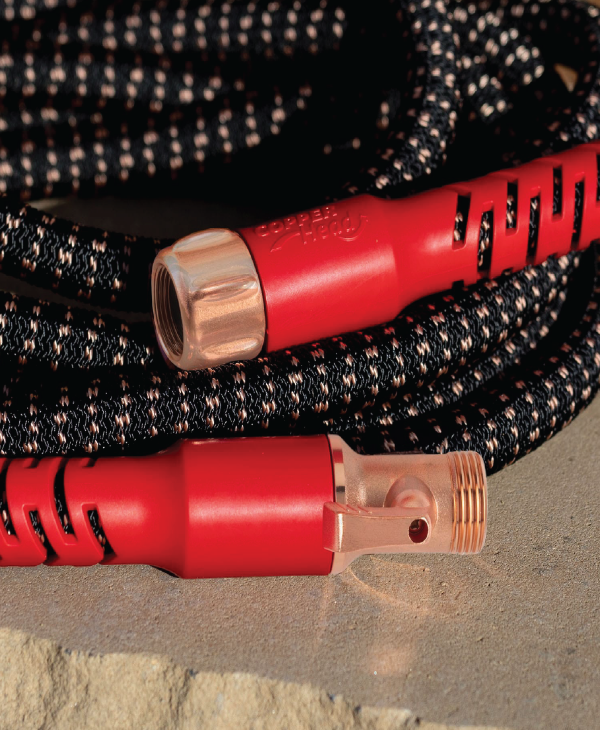
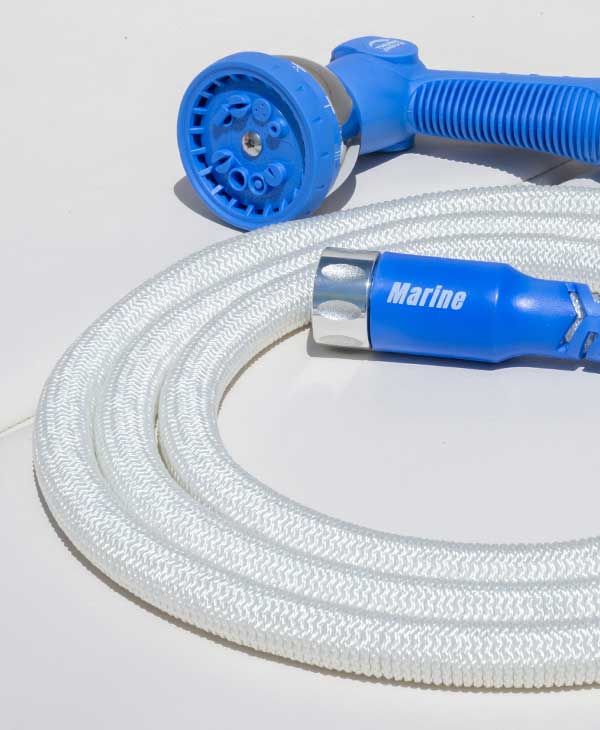
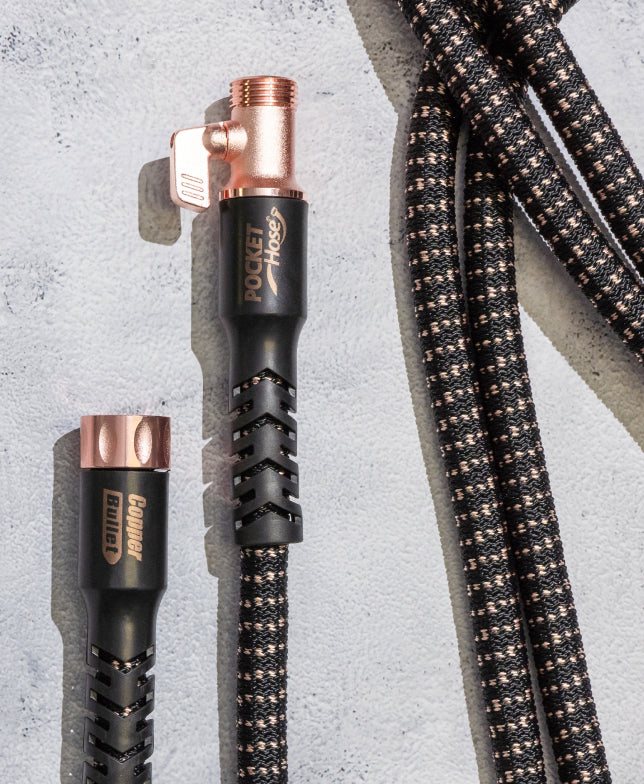
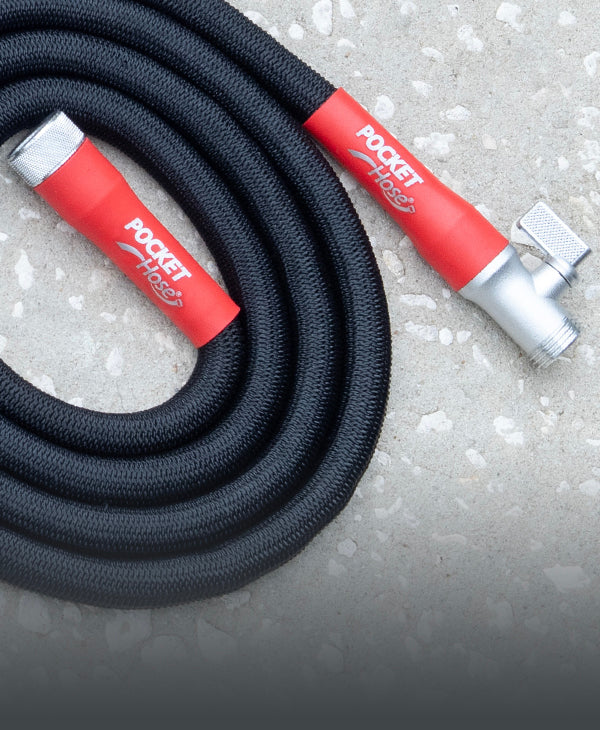
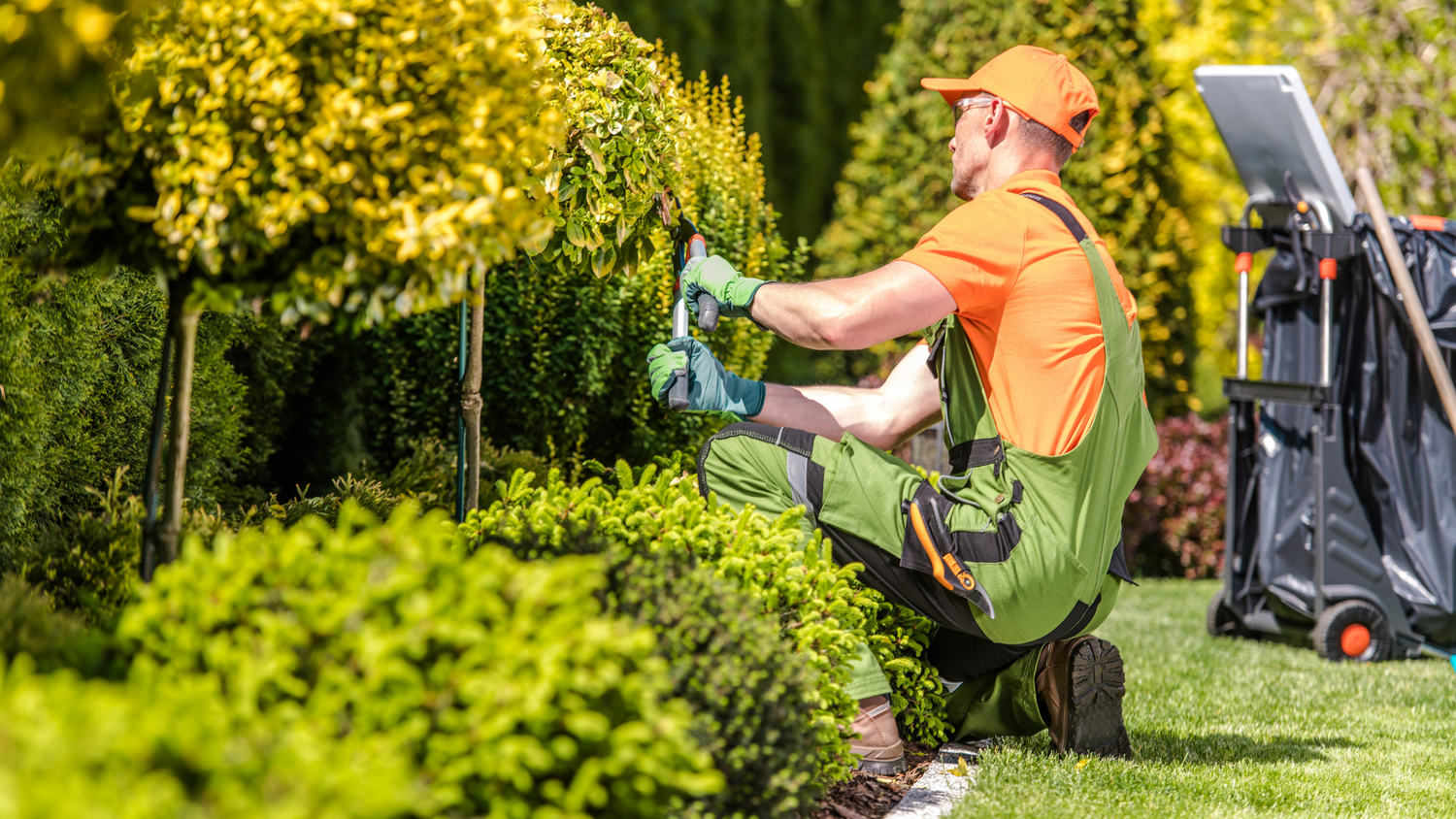

Leave a comment
This site is protected by hCaptcha and the hCaptcha Privacy Policy and Terms of Service apply.